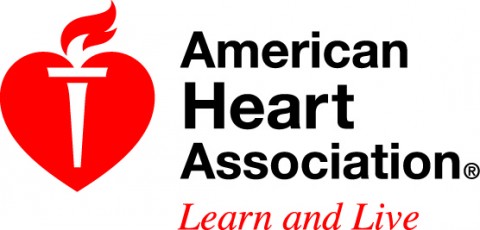 Dallas, TX – Hospitalizations for children with high blood pressure and related charges dramatically increased during 10 years ending in 2006, according to a study published in the American Heart Association journal Hypertension.
Dallas, TX – Hospitalizations for children with high blood pressure and related charges dramatically increased during 10 years ending in 2006, according to a study published in the American Heart Association journal Hypertension.
This nationally-based study is the first in which researchers examined hypertension hospitalizations in children.
While researchers expected a rise in hospitalizations due to the increased frequency of high blood pressure in children, “the economic burden created by inpatient childhood high blood pressure was surprising,” said Cheryl Tran, M.D., study lead author and pediatric nephrology fellow in the Department of Pediatric Nephrology at the University of Michigan in Ann Arbor.Researchers obtained discharge records from the Healthcare Cost and Utilization Project (HCUP) Kids’ Inpatient Database from 1997, 2000, 2003 and 2006.
They found:
- Pediatric hypertension-related hospitalizations in the United States nearly doubled, from 12,661 in 1997 to 24,602 in 2006.
- Charges for inpatient care for hypertensive children increased by 50 percent, reaching an estimated $3.1 billion. That does not include outpatient charges, a figure that remains unknown nationwide.
- The most significant increases in healthcare charges were for children with hypertension and end stage kidney disease .
- Average length of stay for children with hypertension was double that of children with other illnesses, eight days compared to four days.
Researchers hypothesize that the increasing hospitalizations may in part be due to the rise in childhood obesity.
Children hospitalized with hypertension were more likely to be older than 9 years, male, African-American and treated in a teaching hospital.
Overall, the most common diagnoses for hospitalized children were pneumonia, acute appendicitis and asthma. When hypertension was the primary diagnosis, convulsive disorder, headache, obesity and systemic lupus erythematosus were the most common secondary diagnoses.
Physicians should address healthy lifestyle habits during children’s well visits to reduce hypertension, Tran said.
“A child with high blood pressure is at increased risk for having high blood pressure in adulthood and the heart and stroke risks that come with that diagnosis,” she said.
Hypertension is present in 1 percent to 3 percent of children in the United States.
Among children ages 2 to 19 years, 31.7 percent are overweight (23.6 million) and 16.9 percent are obese (12.6 million), according to American Heart Association statistics.
Co-authors are Brett J. Ehrmann, B.A.; Kassandra L. Messer, B.A.; Emily Herreshoff, B.A.; Amber Kroeker, M.P.H.; Larysa Wickman, M.D.; Peter Song, Ph.D.; Nicole Kasper, M.P.H. and Debbie S. Gipson, M.D. Author disclosures are on the manuscript.
A research training grant in pediatric nephrology funded the study.
Learn more about high blood pressure in children . Learn more about preventing and managing childhood obesity and reducing sodium in the diets of American children .


